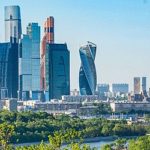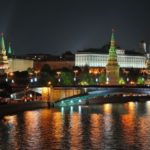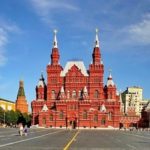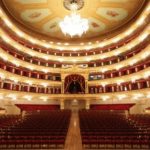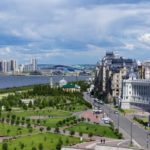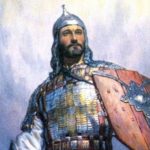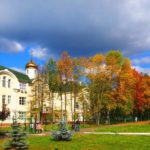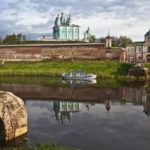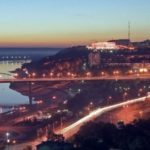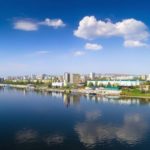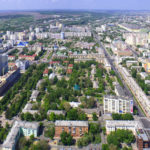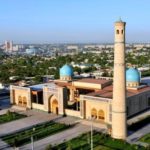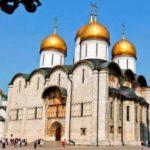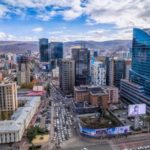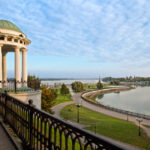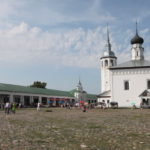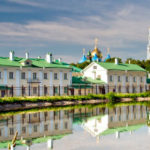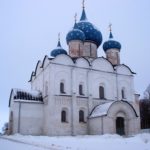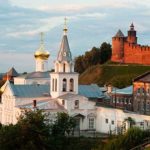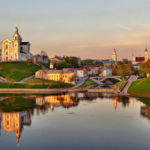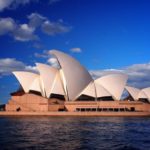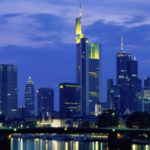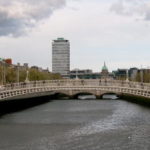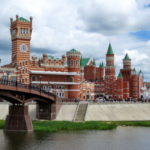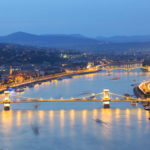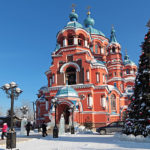Interesting facts about the Kremlin
 The symbol of the Russian capital, the Moscow Kremlin is an incredibly interesting and beautiful ancient fortress. Once erected to protect against enemies, these days it has become the most recognizable symbol of not only Moscow, but the whole of Russia. In some cities, beautiful kremlins are also preserved, but only the one located in the capital is always capitalized, because it is unique.
The symbol of the Russian capital, the Moscow Kremlin is an incredibly interesting and beautiful ancient fortress. Once erected to protect against enemies, these days it has become the most recognizable symbol of not only Moscow, but the whole of Russia. In some cities, beautiful kremlins are also preserved, but only the one located in the capital is always capitalized, because it is unique.
That he is the oldest building in Moscow.
The thickness of the walls of the Moscow Kremlin in some places reaches 6.5 meters, and its height is 19 meters. At one time he was completely unapproachable.
The Kremlin that we see now was built in the 15th century on the basis of the old, white-stone, by order of Ivan III the Great.
The walls of the Moscow Kremlin crowned with 20 towers, of which only three are round. The rest are rectangular.
Red stars were installed on the Kremlin towers only in the 30s of the XX century.
Long before the Kremlin in its place was first wooden Kremlin, built by Yuri Dolgoruky. Then he was replaced by white stone on the orders of Dmitry Donskoy. Hence the nickname of Moscow – “white stone”.
In the Russian cities, there are about 20 Kremlins preserved, in their own way interesting and remarkable, but Moscow is the oldest among them.
The Assumption Cathedral is located in the very center of the Moscow Kremlin, and all the towers are equally distant from it.
Under the Kremlin walls there are numerous underground passages and shelters.
At one time, the Kremlin was a real island. Ditches were dug around him and connected to the river. True, later the ditches fell asleep, as this created a number of inconveniences.
In the XX century, in the era of the USSR, 28 churches and monasteries, located on the territory of the Moscow Kremlin, were destroyed.
During the Second World War, the Kremlin was disguised with paints, plywood and mesh to protect it from possible air strikes. However, during the fighting 165 bombs fell on him, which damaged some buildings and destroyed the Arsenal.
According to experts, the cost of the Moscow Kremlin is about 50 billion dollars, comparable to the cost of the entire Manhattan Island, the most prestigious part of New York.
In the 18th century, unique hanging gardens were located on the Kremlin territory, in which exotic overseas fruits and flowers were grown.
Two Kremlin towers never received names, so the names of the First and Second Nameless respectively were attached to them.
Located on the Spasskaya Tower of the Moscow Kremlin, the chimes always show the ideal exact time, because they are directly connected to the control clock of the astronomical institute.
The Moscow Kremlin is the largest fortress in all of Europe. There is nothing comparable in scale to any European city.
During the war of 1812, when Moscow was abandoned to the French, Napoleon Bonaparte ordered the Kremlin to be blown up. Some shells did not work, but the three towers were completely destroyed, and many buildings were damaged.
Each of the stars crowning the Kremlin towers weighs more than a ton.
When built, the Moscow Kremlin was red, but during the 17th century it was painted white.
Before the red stars were hoisted onto the Kremlin towers, they were decorated with two-headed eagles.
Kremlin stars are not fixed. Under the influence of the hurricane wind, they turn sideways to it to avoid damage.
In the middle of the 20th century, citizens lived in the Kremlin, but in 1955 it passed a law prohibiting it, and the last tenants were evicted from there in 1962.
According to the legend, somewhere in the Kremlin dungeons, the lost libraries of Ivan the Terrible are hidden.
The length of the walls of the Moscow Kremlin reaches 2.5 kilometers.
